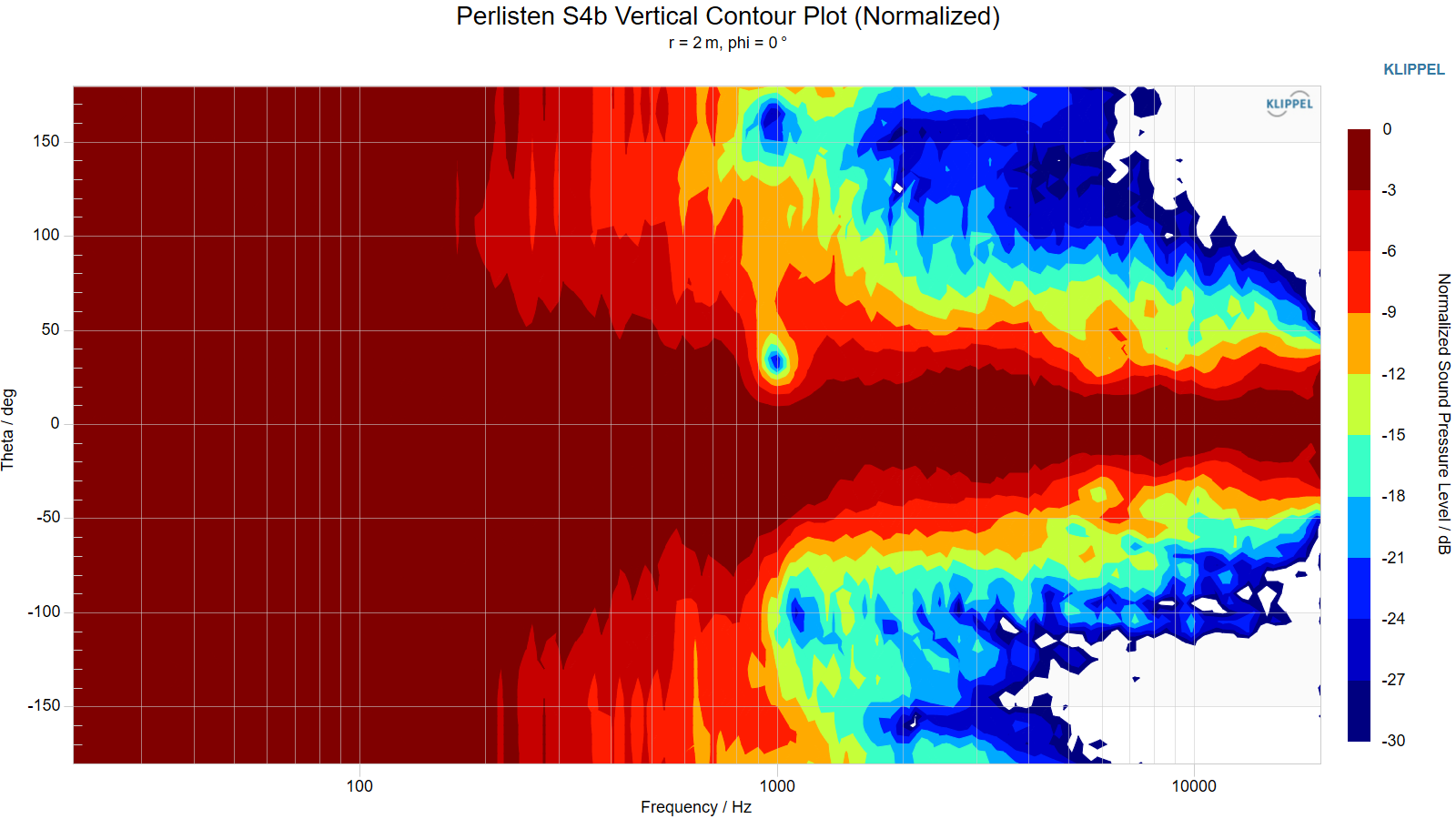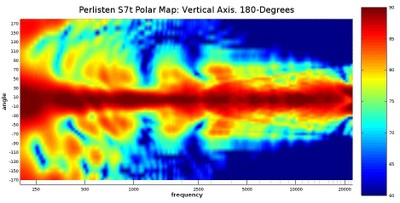Didn't take long for Perlisten to post Kal's review!FYI Perlisten S7t is in December 21 edition of Stereophile. @Kal Rubinson reviewed it and liked it very much. Horizontal dispersion measurements is quite nice.
I'd say the wisdom of the crowds have spoken - the beam forming array is genius and I look forward to seeing if the more affordable Perlisten R-series share these class leading directivity characteristics (for passive speakers).
Last edited:





